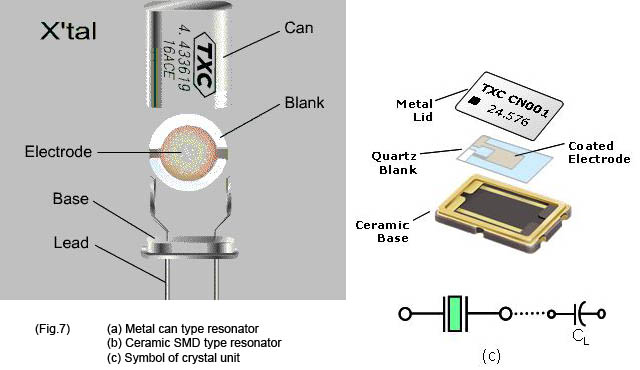b0bb
Headphoneus Supremus
- Joined
- Oct 15, 2014
- Posts
- 1,663
- Likes
- 888
@b0bb
Would I be right in thinking that you currently feed the LKS with a Singxer SU-6?
Was the move away from the onboard usb or Singxer SU-1 purely motivated by a desire to improve sound quality or to eliminate operational issues?
I have modified the Amanero USB board and I agree that it sounds easily as good as my modified SU-1 however I still get loud pops at times when dealing with upsampling in hqplayer, even the SU-1 isn't completely immune to this. It resulted in a burned out a woofer earlier this week, so even though I love the sound of dsd256 with the EC modulators I feel like I'm treading on eggshells each time I launch a track!
Out of curiosity, have you attempted dsd1024 (cpu permitting)?
The SU-6 does not experience the loud bang when going from 44k to 48k based DSD, there is an incremental improvement in sound staging but the improvement does not justify the 80% price premium over the SU-1
48k DSD is not part of the official DSD spec, so this problem is not entirely unexpected, the 004 does not reliably lock to the 48k DSD rates causing a burst of noise during sample rate basis change (44<-->48k), this can be partially mitigated by setting the DPLL bandwidth to 9 or higher.
The SU-6 data stream is more stable so there are less issues with the 004 aquiring 48k DSD PLL lock (provided you use a short enough HDMI cable)
The hqplayer problem can be avoided by specifying conversion to a fixed sampling frequency eg 22.58MHz for DSD512, you will lose the use of some filters that cannot do non-integer conversion eg sinc-M, turn off auto-rate family to enable this.
This will make hqplayer use a constant rate basis, and there will be no more loud bangs on the Amanero or SU-1.
I am waiting for a decent DSD1024 DDC unit to show up in the market, both the Singxer SU2 and Denafrips Iris and Gaia use non Xmos proprietary solutions requiring custom windows drivers.
(The marketing sheet says driverless on linux/mac but somehow neglects to mention the top sampling rates require the custom windows drivers)
The sound quality from the NAA running the Linux 5.8 low-latency kernel is so for ahead of Win10, it was almost unbelievable, moving back to Win10 made me wonder if I was listening to the same audio chain.
This was achieved by stripping down the Ubuntu linux distribution to its bare essentials, this is not possible on Win10 and all that extra bloat from Microsoft takes a heavy toll on the sound quality, this makes Win10 a non option.
Last edited:































